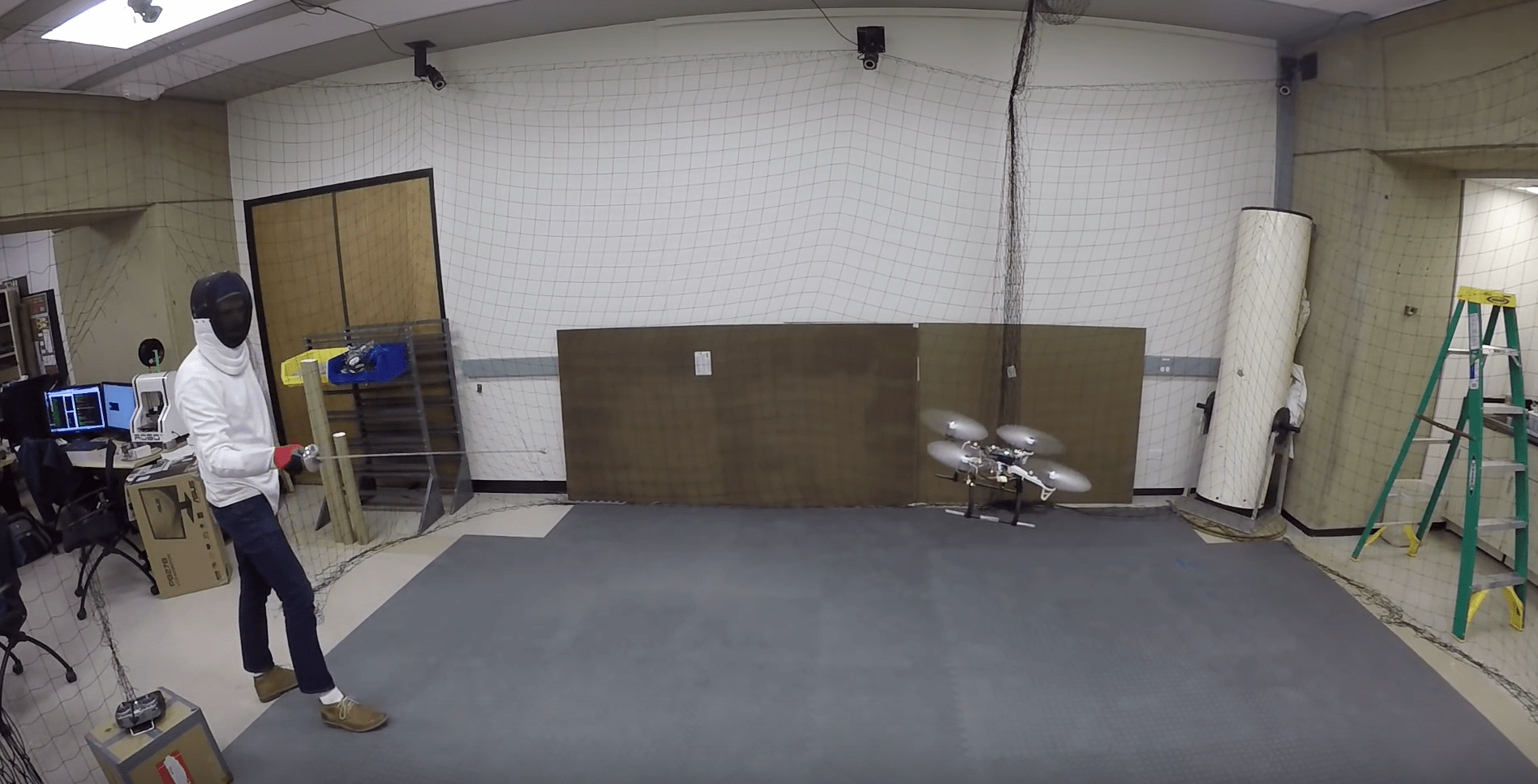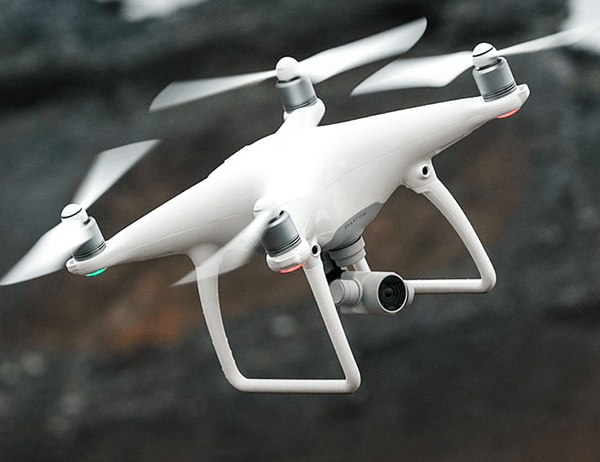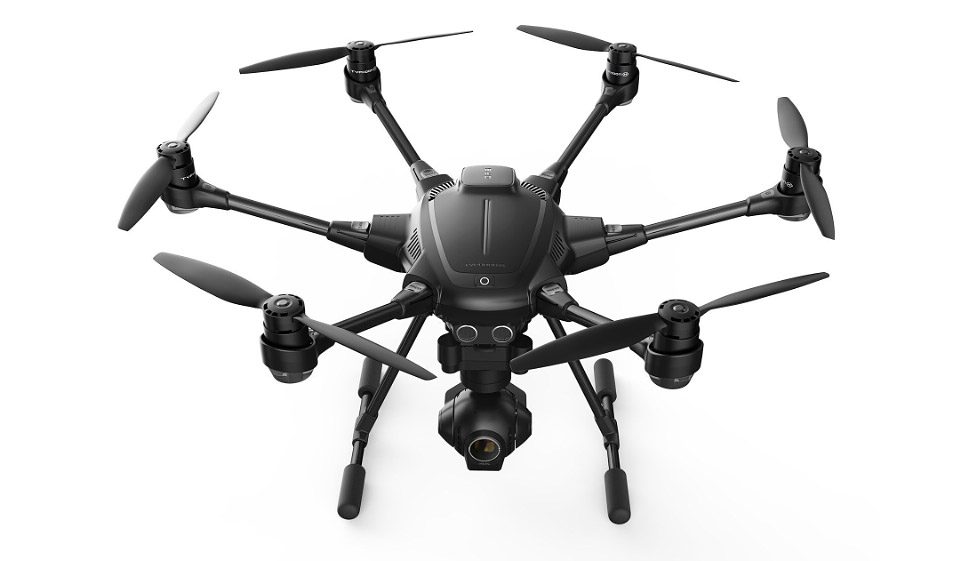The ability to avoid obstacles is probably the biggest demand in the consumer drone industry at the moment. And with good reason. It’s all well and good for your drone to track you or follow a designated flight path, but if it’s going to mindlessly crash into obstacles while doing so, there will inevitably be some painful and/or expensive accidents. That’s not to say that it’s just during autonomous flight that things can go wrong. In a world where drone pilots can be just as accident-prone as drivers on the roads, fail-safe systems are needed.

But obstacle avoidance seems to be just a step on the road to truly intelligent autonomous flight. Yes, we want our drones to detect obstacles and stop short of avoiding them, but the end goal is surely to have a drone capable of understanding its environment and making smooth flights transitions and adjustments – just as a professional pilot would.

Currently, DJI’s Phantom 4 is leading the way in terms of obstacle avoidance. The Chinese giant’s biggest rival is Yuneec’s soon to be released Typhoon H, providing ongoing lawsuits don’t get in the way. As standard, both drones come with an obstacle detection system that makes it near-impossible to fly directly into an object. But, at least with the Phantom 4, this system appears fallible. Yes, DJI’s technology is going to prevent plenty of accidents, but it falls short of detecting obstacles to the side or behind it, and has trouble recognizing smaller obstacles. It’s progression, but it isn’t perfection. This is something that the Typhoon H from Yuneec could improve upon. The Typhoon H can be purchased with an Intel Real Sense module which, as displayed at CES earlier this year, appears to be a more comprehensive obstacle avoidance system, even adjusting flight paths to account for moving objects.

Intelligent, autonomous flight isn’t far away
So what will be the next development in obstacle avoidance? Well, not too long ago we featured Skydio. The company is quietly perfecting a system that relies on the drone mapping out the world around it and making intelligent decisions, instead of just sensing obstacles in its vicinity. Skydio CEO Adam Bry has gone on record saying that its drone will, instead of just avoiding obstacles, be “using all of the available information from the environment to make intelligent decisions to get smooth, intelligent behaviour—similar to what an expert pilot would do.”
It appears that machine learning will be the way forwards, and that consumer drones will soon have a more complete understanding of their environments, along with the ability to learn about the world and adapt the more they are flown. This kind of dynamic awareness is being developed right now by Ross Allen and Marco Pavone, at Stanford University’s Department of Aeronautics and Astronautics. The two have just published a paper titled “A Real-Time Framework for Kinodynamic Planning with Application to Quadrotor Obstacle Avoidance”. There’s plenty of math and algorithms, but they boil their system down to “exploration through machine learning, decision making through optimal control, precomputation when possible.” It’s certainly a mouthful. If you want to see what their method is capable of, just watch the video above of a drone dodging swords during a fencing match.
Malek Murison is a freelance writer and editor with a passion for tech trends and innovation. He handles product reviews, major releases and keeps an eye on the enthusiast market for DroneLife.
Email Malek
Twitter:@malekmurison
Subscribe to DroneLife here.







[…] from that, pilots can expect a fully-stabilized 4K camera, forward and downward obstacle avoidance, a visual navigation system and all the usual smart flight modes, including gesture […]